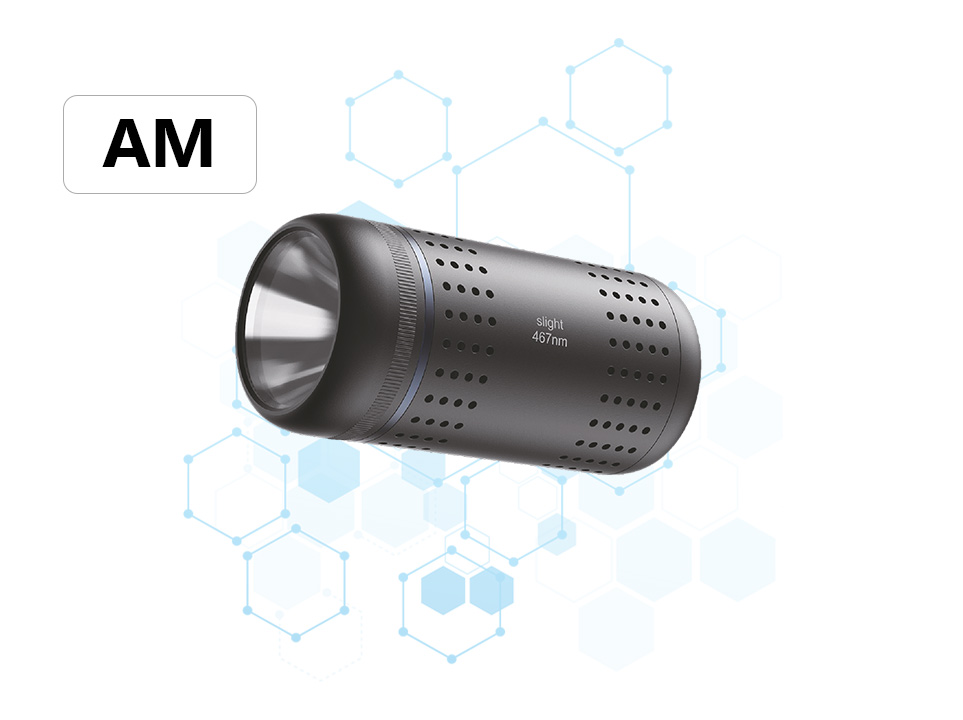Application of continuous flow photoreactor in the preparation process of pharmaceutical intermediates
Abstract
Continuous flow photoreactors have emerged as a revolutionary technology in the field of pharmaceutical synthesis, offering enhanced safety, efficiency, and scalability. This paper explores the application of continuous flow photoreactors in the preparation process of pharmaceutical intermediates. By leveraging the unique advantages of this technology, such as improved irradiation of the reaction mixture, reliable scale-up, and increased reaction selectivity, we demonstrate its potential to revolutionize the synthesis of pharmaceutical intermediates. The paper presents case studies, discusses the challenges and advantages, and provides insights into the future directions of this promising technology.
Introduction
The pharmaceutical industry has always been at the forefront of technological innovation, continuously seeking more efficient and sustainable methods for the production of drugs. Continuous flow photoreactors represent a significant advancement in this regard, offering a range of benefits that make them ideal for the preparation of pharmaceutical intermediates. This paper aims to provide a comprehensive overview of the application of continuous flow photoreactors in this field, highlighting their advantages, challenges, and future prospects.
Fundamentals of Continuous Flow Photoreactors
Continuous flow photoreactors utilize a flow of reactants through a microreactor system where they are exposed to light to initiate a photochemical reaction. This technology offers several key advantages over traditional batch processing methods:
Improved Irradiation of the Reaction Mixture: The use of transparent tubing and high-intensity light sources ensures uniform and efficient irradiation of the reaction mixture.
Reliable Scale-Up: Continuous flow systems can be easily scaled up by increasing the flow rate or the number of reactors in parallel.
Increased Reaction Selectivity and Reproducibility: The precise control of reaction conditions and the rapid mixing of reactants lead to higher selectivity and reproducibility.
Fast Mixing and Heat Exchange: The continuous flow system allows for rapid mixing of reactants and efficient heat exchange, which can be crucial for certain photochemical reactions.
Safety: The use of continuous flow photoreactors can reduce the risk of hazardous reactions, as reactants are continuously processed and not allowed to accumulate.
Application in Pharmaceutical Intermediate Preparation
Case Study 1: Synthesis of Vaborbactam Intermediates
Vaborbactam, a β-lactamase inhibitor, is a key component in the treatment of complex bacterial urinary tract infections. Its synthesis involves a critical Matteson homologation reaction, which was traditionally performed under harsh conditions (-95°C). However, Rempex company has developed a continuous flow method for this reaction, which improves yield from 75% to 91%, enhances stereoselectivity, and reduces the reaction temperature (-60°C). This method not only increases efficiency but also enhances process reproducibility and reduces energy consumption.
Case Study 2: Synthesis of Brivaracetam Intermediates
Brivaracetam, an antiepileptic drug, was synthesized using a continuous flow process that optimized the reduction amination step. By utilizing a series of continuous flow reactors and stirred tank reactors, the process achieved high yields (96%) and improved diastereoselectivity. This continuous flow method eliminated the need for solvents and catalysts, making the process more environmentally friendly and cost-effective.
Case Study 3: Photocatalytic Oxidation of Phenols
The photocatalytic oxidation of phenols to quinones is an important transformation in the synthesis of vitamins and other industrial intermediates. A study demonstrated the use of a continuous flow photoreactor with visible light and pressurized air for the aerobic oxidation of phenols. This method allowed for the efficient and sustainable synthesis of quinones, such as 1,4-benzoquinone, from phenol derivatives with excellent yields.
Advantages and Challenges
Advantages
Enhanced Safety: Continuous flow photoreactors minimize the risk of hazardous reactions due to the controlled and continuous processing of reactants.
Efficiency and Selectivity: The precise control of reaction conditions and rapid mixing lead to higher yields and selectivities.
Scalability: Continuous flow systems can be easily scaled up to meet industrial demands.
Environmental Impact: The reduced use of solvents and catalysts makes continuous flow photoreactors more environmentally friendly.
Challenges
Complexity of Reactor Design: The design and fabrication of continuous flow photoreactors can be complex and require specialized expertise.
Cost: The initial investment for continuous flow photoreactor systems can be high.
Optimization: The optimization of reaction conditions for specific intermediates may require extensive experimentation.
Conclusion
Continuous flow photoreactors offer a promising approach for the preparation of pharmaceutical intermediates. By leveraging their unique advantages, such as improved irradiation, reliable scale-up, and increased reaction selectivity, these systems have the potential to revolutionize the synthesis of pharmaceutical intermediates.





